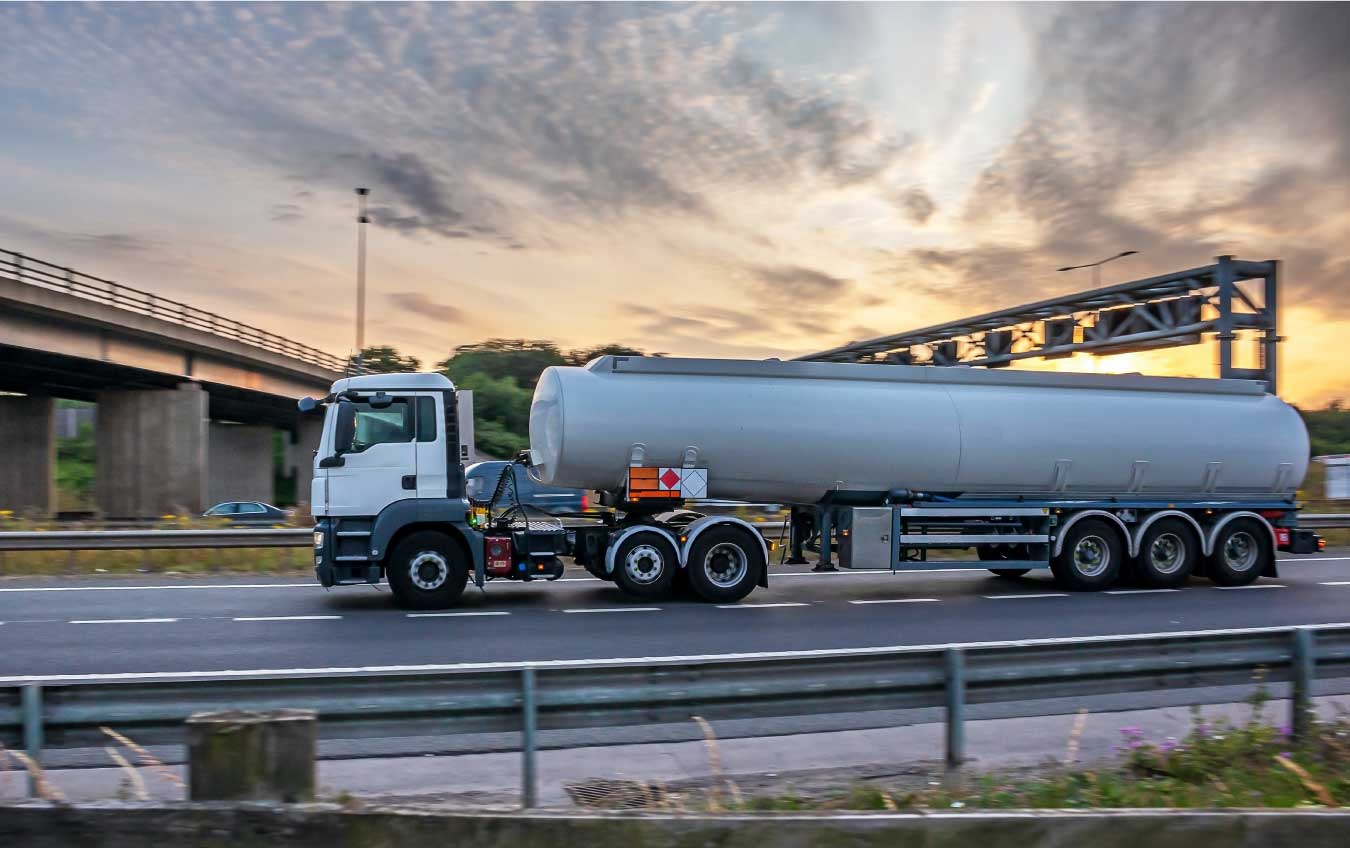
It can easily be said that 2020 has not panned out how anyone would have expected, looking back at the beginning of the year. As the pandemic swept across continents and countries, companies and their employees found ways to adapt to the work-from-home orders and social distancing guidelines in order to “keep business as usual.”
But for most haulers and carriers, business was anything but ‘usual.’
Supply chains across the globe were challenged as we hunkered down, stocked up, and began ordering items to our homes instead of picking them up from stores. The fuel supply chain was no different as fuel consumption plummeted across nations. And although the pandemic has been top-of-mind as the largest impact to supply chains this year, we can’t forget the truck driver shortage that’s set to double over the next decade within the US, and are set to impact European and Asian countries in a similar manner. This brings its own set of complications this year as well.
So, with drivers in short supply, and supply demands still shifting by the day (albeit beginning to stabilize), a redeeming feature of 2020 has been that it’s an ideal year for carriers and fuel retailers to take a “peak behind the curtain” and evaluate the effectiveness of their supply chains.
You may be asking “why now?” With so much volatility and uncertainty hitting the industry, now is a great time for businesses to evaluate and invest in more supportable and scalable growth models. How to do that? It’s time to examine visibility within your supply chain.
Evaluating your supply chain visibility is a typical step in your digital transformation journey as a business, and it doesn’t have to be difficult. When you break it down, your business wants to ensure that it’s responding quickly to unexpected items, improving delivery time, and building trust. All of these items are tied back to transparency and visibility within the supply chain. There’s a lot of technology today that promises automation along the supply chain, but it is important to find a solution that provides you with complete automation and end-to-end visibility.

Digital Transformation Guide for Logistics
End-to-end visibility
It’s vital to your business to have visibility across every stage of your operations and each touchpoint between suppliers, haulers and customers in order to ensure a proper flow of insights. Your dispatchers will have the ability to prepare and respond for the unexpected, reduce frictions for your drivers, and gain better insight into inventory and sales at sites.
- Preparing for the unexpected gives dispatchers the ability to pivot drivers as needed by relying on insights into location, fuel amount, customer need, and more.
- Reducing friction for drivers allows for more automated processes, such as paperless dispatch, and fewer manual interventions so that less time is spent on administrative procedures, and more time can be shifted back to additional deliveries.
- Gaining better insight into inventory by accurately predicting fuel demand at the site and in the tank helps to avoid runouts and retains. Using this information, dispatchers can determine how many drivers, trucks and assets are needed at any given moment in order to deliver the necessary fuel.
The insights gained across these areas allow both dispatchers and haulers to share information that helps improve communication as well as implement a faster, more accurate flow of data so that all decisions are backed by real-time data.
Maximizing driver productivity
With better transparency, your business is able to take a step towards holistic supply chain visibility. The next step is using that transparency to optimize your business processes – for example, through route optimization and scheduling. By knowing the wait time at a terminal and at each site, you can predict the time needed on the road, and dispatchers can maximize driver productivity to improve truck utilization. Your dispatchers can optimize route scheduling, truck utilization, and wait times at terminals.
- Route scheduling goes hand-in-hand with understanding where your trucks are at all times, helps you to optimize the driver’s shift and ensures your fleet is running at peak capacity.
- Truck utilization is especially important in the wake of the truck driver shortage and pandemic. Any increase in productivity for the driver can save numerous hours overall and allow for additional deliveries.
- Wait times provide important information that transfers from the in-truck to the dispatcher so accurate routing can be optimized.
All of these are important to ensure fuel is arriving on site at the right time to reduce the potential for a retain or return. With insights into these areas, dispatchers can determine the best routes for each driver and eliminate unnecessary mileage.
One version of the truth
With end-to-end visibility across your business, you gain one version of the truth across all operational areas. You can use this to build trust and loyalty with your stakeholders across the entire supply chain. With real-time insights, everyone is aware of product and truck location, delivery status, as well as the amount ordered, planned, and delivered.
Taking the time to evaluate your supply chain to improve automation and increase visibility is vital to keep your business running smoothly. As many carriers, haulers, and energy companies found out during the pandemic, you may need to pivot on a moment’s notice – and if you don’t have the right visibility to make an informed decision about your operations, you could be stuck with unexpected wait times and manual interventions prone to errors, that ultimately lead to a disintegration of trust between you and your customers.
When achieved, improved fuel supply chain visibility can reduce friction and information silos, improve operational efficiency, and help manage the unexpected.
You can thrive in today’s digital economy. Contact us today to learn how we can help you transform your business.



